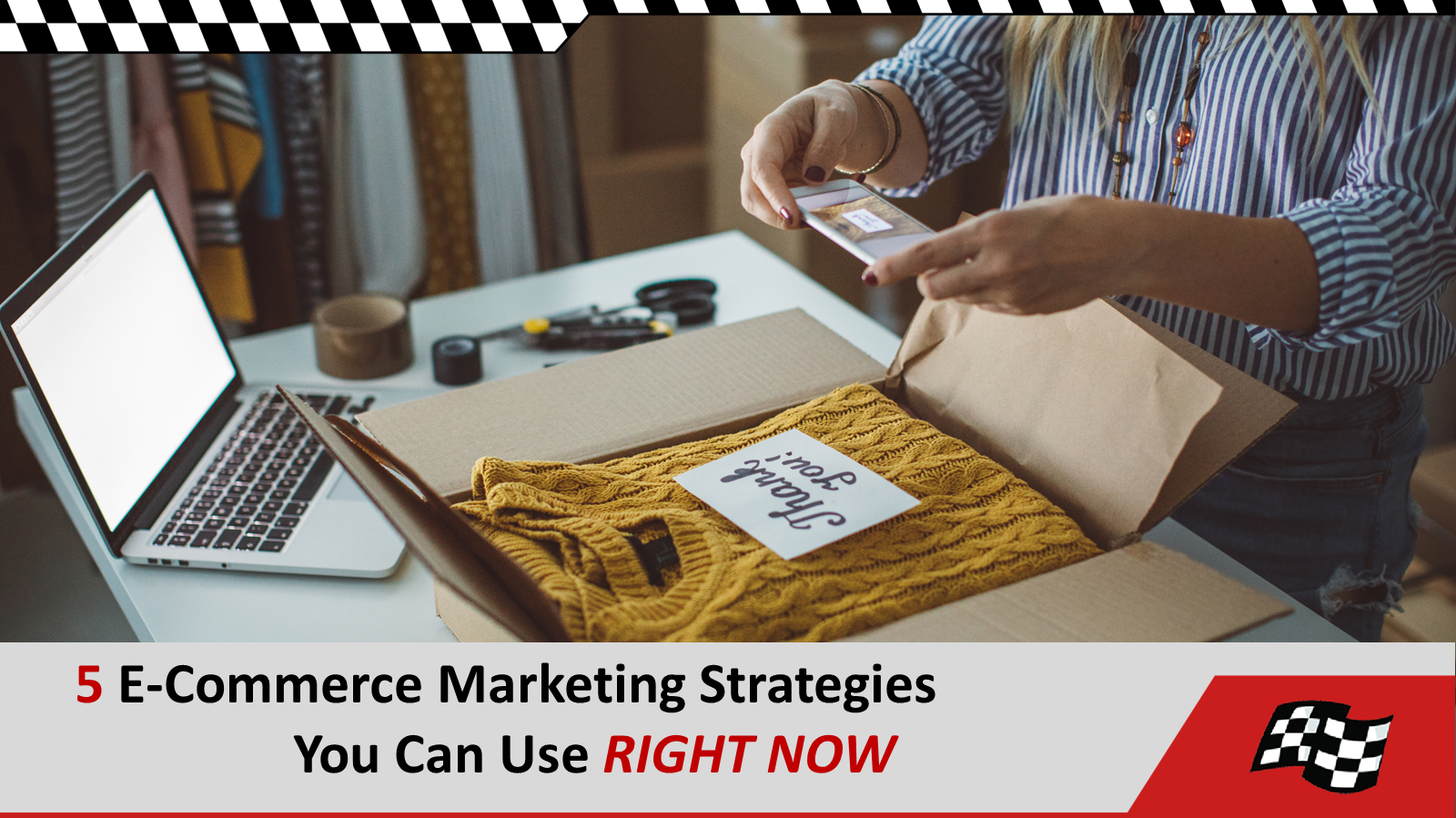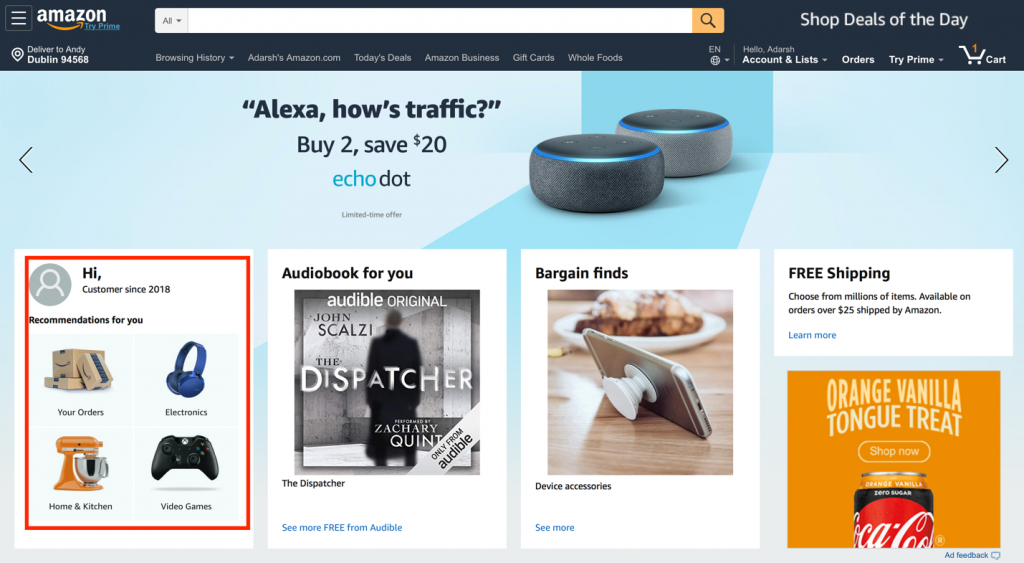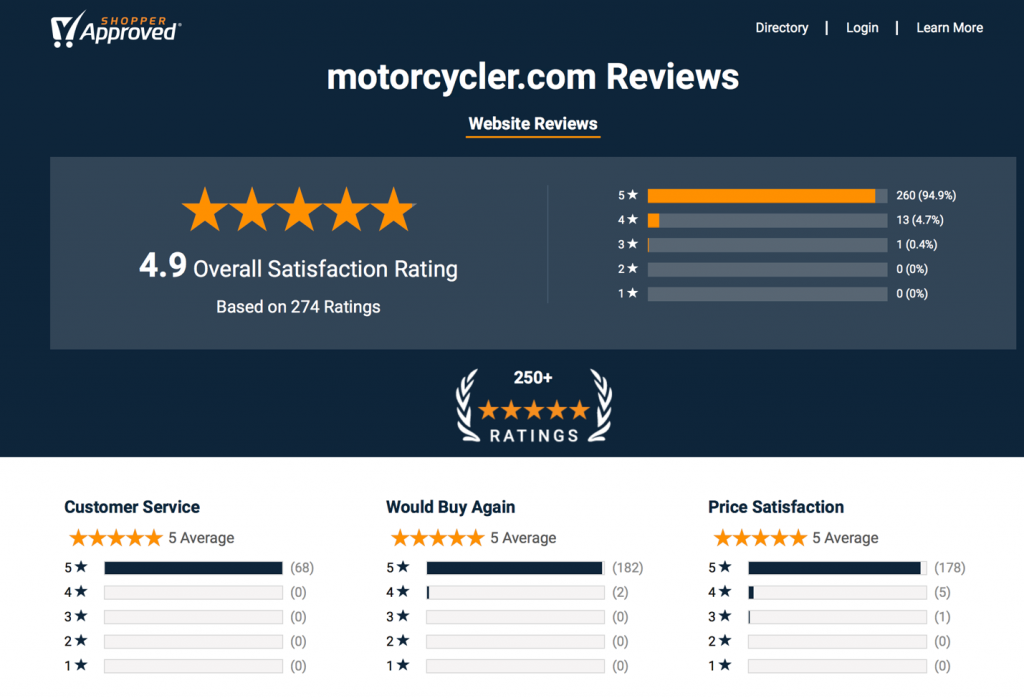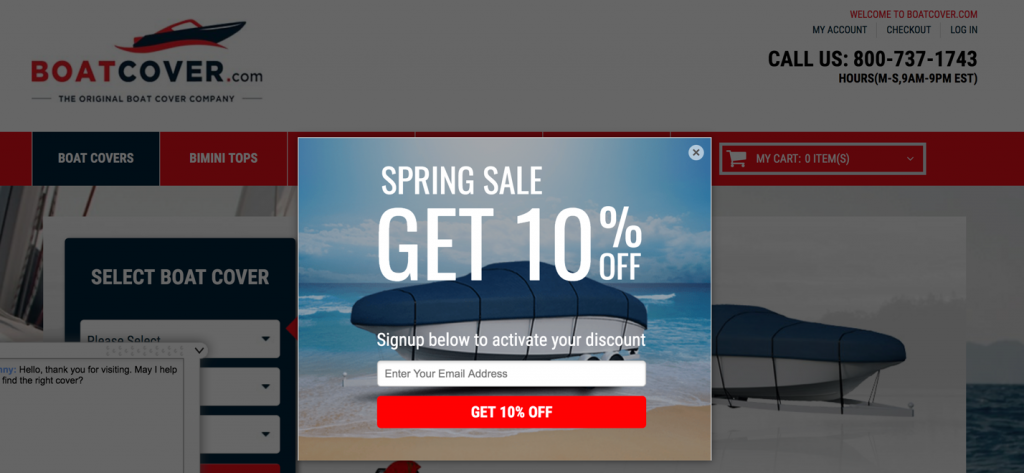 Consumers are more overwhelmed than ever with countless online shopping options available. The same marketing strategies that worked last year might not work this year. That’s why e-commerce businesses must shift their strategy to include newer and better methods to not only reach their ideal buyer, but also engage them with the offered brand and product.
Consumers are more overwhelmed than ever with countless online shopping options available. The same marketing strategies that worked last year might not work this year. That’s why e-commerce businesses must shift their strategy to include newer and better methods to not only reach their ideal buyer, but also engage them with the offered brand and product.
Consider integrating these e-commerce marketing strategies into your plan and you’ll soon be reaching and engaging with your customers better than before.
E-commerce Marketing Strategy #1 – Create a Personalized Home Page
Your home page has the power to draw a visitor’s attention or drive them away – all within a few seconds. With limited time to capture their interest, you must employ tactics that will engage prospects in quickly. This is where personalization takes center stage.
You would be hard-pressed to find a website that’s not already using personalization in some way. For e-commerce, personalization has become something that consumers expect to help them find the products they need. With technology readily available to help you gather the necessary data, you can curate a shopping experience tailored to a customer’s preferences and needs.

Amazon is a great example of this. The more someone shops with them, the more personalized product recommendations show up. Based on past purchases, product views, or even searches, customers are greeted with reminders of products they were interested in but may have forgotten.
E-commerce Marketing Strategy #2 – Use Social Proof to Show What Sets Your Business Apart
Nothing speaks louder to a potential customer than seeing positive feedback from other delighted customers. Through social proof, your brand can influence future consumers through the behaviors of peers and influencers, which ultimately shows them why your product is worth buying and creates a sense of trust. If someone is on the fence about buying your product, but they see how happy other customers are, this will help dispel any doubts they might have.
One of the best ways to provide social proof is through reviews and testimonials.

Ideally, you can place these strategically throughout your site; for instance, you might place testimonials on a product page or feature reviews on your home page.
E-commerce Marketing Strategy #3 – Show How Your Customers Are Shopping and Using Your Products
Beyond testimonials and reviews, real-life examples of how customers are shopping and using your products offer another form of social proof.
For example, you can show in real-time how many customers are shopping for a product, such as through a pop-up that shows if someone has purchased the product or a simple counter displaying the number of customers that have made a purchase in the last year or so.
In addition, there’s no better way to prove that your product is right for someone than showing them how others are using it. One method that’s proven effective for many brands is the use of user-generated content from social networks such as Instagram or Facebook. Beyond using these images on your brand’s social accounts, you can add these user images directly to your product page.
E-commerce Marketing Strategy #4 – Use Exit Intent Popups for Your Online Store
Attracting customers to your site is only one hurdle to jump – ensuring they follow through with a purchase is another.
Perhaps a customer has browsed through several pages and products on your site, or has even added items to their cart. Regardless of how far along they’ve made it in the buying process, customers might exit your site without making a purchase for a number of reasons.
To prevent customers from leaving without taking action, an attention-grabbing popup can offer something enticing to keep them on your site, or, at the very least, prompt them to provide their email address so you can follow up with them later.
Whether you offer a discount when they enter their email address or something else, the goal is to make the customer stop and think before they exit your site.

Above all, make sure you have your customer in mind when you determine the type of popup you offer. Consider if the best offer might be a discount or perhaps a message with a sense of urgency such as, “Don’t delay, make your purchase while these items are in stock!”
E-commerce Marketing Strategy #5 – Start a Conversation with a Messaging App
Conversational marketing continues to be a rising trend – and with good reason. Not only do customers enjoy having an easier way to contact brands, messaging apps offer another way you can engage consumers.
Whether you focus on a chatbot for your website or utilize Facebook Messenger (or both), for current customers, these serve as the perfect way to automate customer service, provide order updates, or even offer product recommendations.
For potential customers, you’ll have to take a more creative approach. It will require planning to determine how your chosen messaging app will respond to certain requests, especially if a customer is looking for a product but may not be quite sure about the specifics.
Experiment with Different E-commerce Marketing Tactics
At the end of the day, your brand should focus on the tactics that work best for you – there’s no one-size-fits-all for e-commerce. Make sure to utilize A/B testing for all of the strategies we’ve mentioned, review analytics, and determine the strategies that work best for your customers.
While e-commerce can be stressful and complex as your brand fights to stand out in the crowd of competitors, when you follow these strategies, your company will see positive results.
